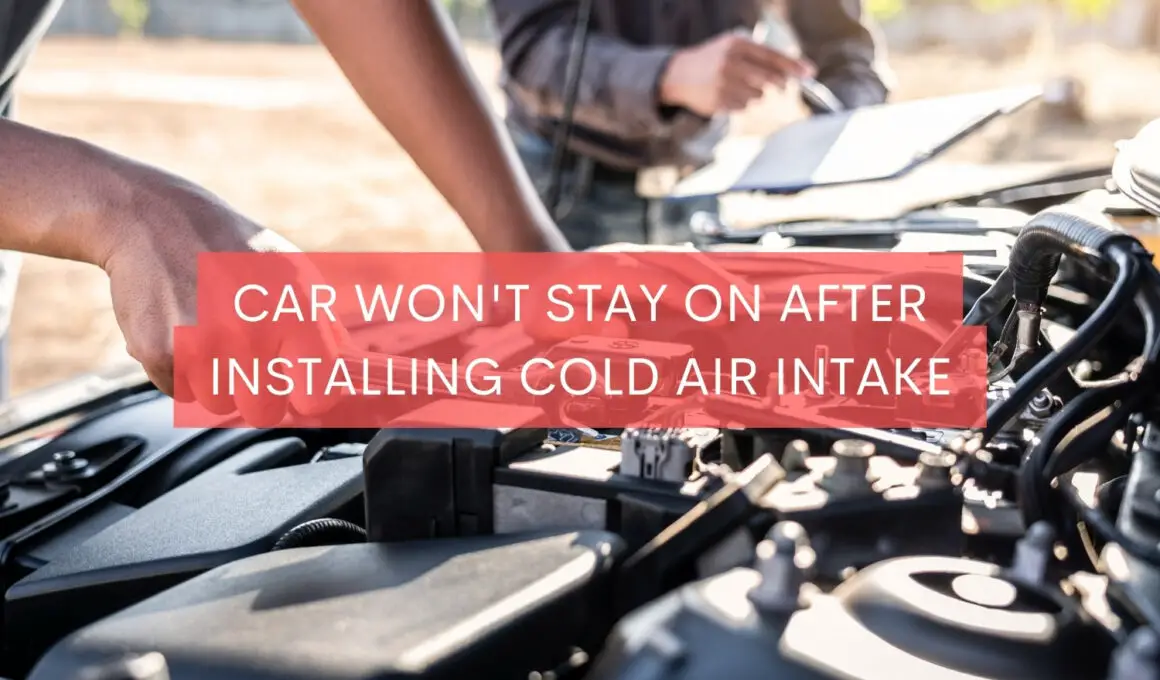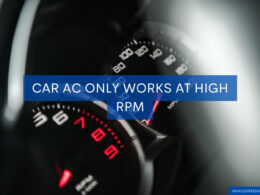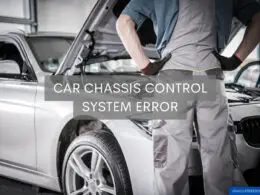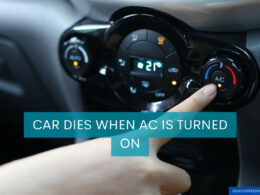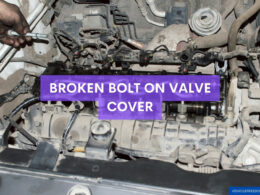In This Article Show
When installed correctly, a cold air intake system can work wonders for your vehicle, improving throttle response and increasing horsepower.
But what happens when things don’t go according to plan? You’ve installed the system, but your car won’t stay on. It’s a puzzling and frustrating situation that has sent many car owners down the rabbit hole of online forums and DIY guides.
Before we dive into the possible causes and fixes for this issue, let me assure you: you’re not alone, and solutions are within reach. The world of car mechanics is complex, but my aim as a professional in the field, writing for over thirteen years, is to break down these complexities into manageable, understandable, and actionable information.
So, buckle up, and let’s delve into the intricacies of cold air intake systems and why your car may not stay on after its installation.
Understanding the Relationship Between Cold Air Intake and Your Car’s Performance
The cold air intake system is crucial to your car’s performance. It’s designed to bring cooler air into the car’s internal combustion engine. But why cooler air? Well, it’s a matter of science. Cooler air is denser, containing more oxygen molecules. The engine can output more power when more oxygen is available for combustion.
A cold air intake can improve your car’s overall performance when installed and functioning correctly. These improvements manifest as better throttle response, enhanced fuel efficiency, and a subtle yet satisfying engine sound change.
However, this improved performance relies heavily on correctly installing and maintaining the cold air intake system. When issues arise post-installation, like your car refusing to stay on, it can be down to a range of factors, from installation errors to malfunctioning sensors.
Over my years in the field, I’ve seen how these complications can turn a promising performance upgrade into a bit of a headache. But fear not, by understanding these issues and their solutions, you can enjoy the benefits of your cold air intake without the stress.
Common Causes Why Your Car Won’t Stay On After Installing a Cold Air Intake
Installing a cold air intake system might seem straightforward, but it’s not without its potential pitfalls. The system’s proper functioning relies on several factors, and if one thing is off, it can lead to your car not staying on. Here are some common causes:
Incorrect Installation
This is often the main culprit. Even the slightest mistake during installation can cause significant issues down the line. Remember, every part has its place and function. If something isn’t connected or tightened correctly, it can lead to a wide array of problems.
Mismatched Components
Not every cold air intake system is designed for every vehicle. Using components that are not compatible with your vehicle’s make and model can lead to complications.
Vacuum Leaks
A leak in the vacuum can cause unmetered air to enter the intake manifold, disturbing the air to fuel ratio. This disturbance can cause the car’s engine to stall or idle roughly.
Sensor Malfunctions
The Mass Air Flow (MAF) sensor is critical for regulating the amount of fuel delivered based on the amount of air coming in through the intake. If this sensor is malfunctioning or is not correctly installed, it can cause your car to shut down.
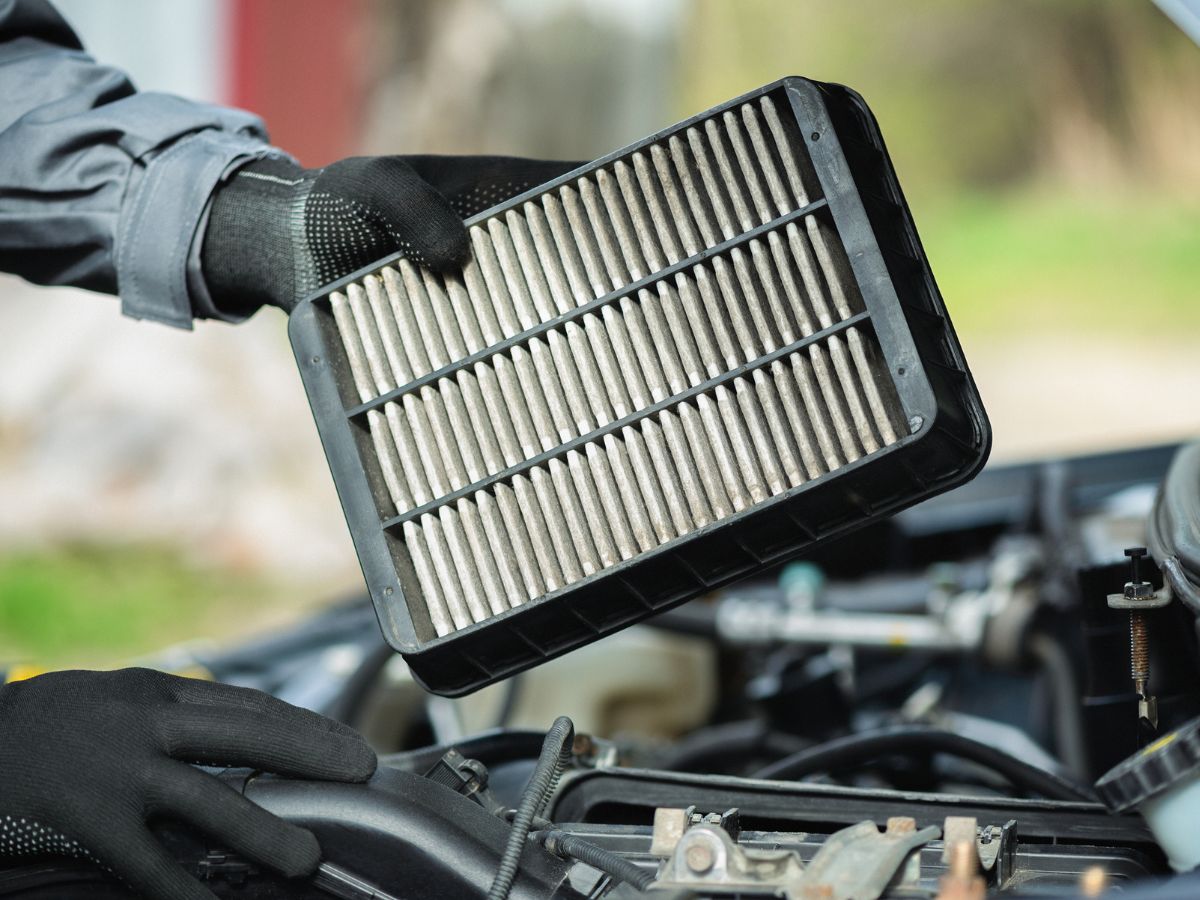
Impure Air Entering the System
The air filter in your cold air intake system is designed to prevent any impurities or contaminants from entering the engine. If the air filter isn’t doing its job, these impurities can cause a myriad of problems, including driving your car not to stay on.
These are just a few potential causes based on my experience in the field.
However, the root of the problem can vary from car to car. The good news is, most of these issues have straightforward solutions, and with a bit of guidance, you can get your vehicle running smoothly again.
Detailed Explanation of Causes
In order to solve any issue, we must first thoroughly understand its root causes. Here, I’ll draw upon my extensive mechanical experience to help you understand these common problems in depth.
1. The Significance of Correct Installation
A car is like a puzzle; every piece needs to fit perfectly in its place to create a complete picture. When installing a cold air intake system, it’s vital to follow the installation guide meticulously.
This means ensuring all components are securely connected, tight seals, and well-fastened bolts. Ignoring or rushing through these steps can lead to problems like loose connections, air leaks, or even damage to the system or your vehicle.
2. The Need for the Right Components
Every car model is unique in its design and performance requirements. Therefore, your cold air intake system should be compatible with your car’s specifications.
Mismatched components may not fit properly, leading to ineffective operation or even damage. Always ensure the parts you use are designed for your specific vehicle model.
3. Identifying Vacuum Leaks
Vacuum leaks can be a little tricky to spot. These leaks cause excess air to enter the intake manifold, which can disrupt the optimal fuel-air mixture needed for combustion. This disruption can cause issues like rough idling, stalling, or your car not staying on.
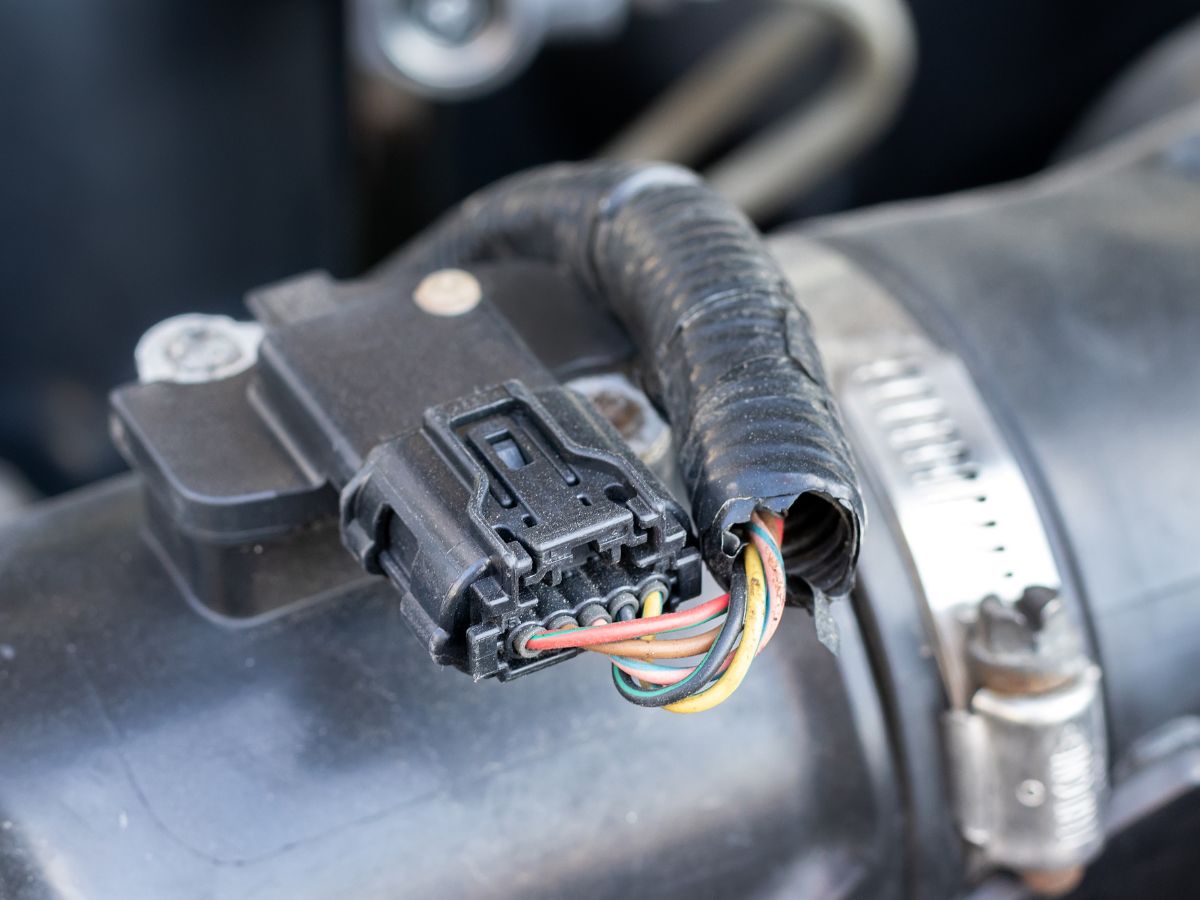
4. Understanding Sensor Malfunctions
The Mass Air Flow (MAF) sensor plays a crucial role in maintaining your car’s performance. It measures the volume of air entering the engine, which your car’s computer uses to calculate the right amount of fuel for optimal combustion.
A malfunctioning MAF sensor can cause this balance to be thrown off, leading to a range of issues, including your car not staying on.
5. The Impact of Impure Air Entering the System
Finally, let’s discuss air purity. The air filter in your cold air intake system works to block dust, debris, and other contaminants from entering your engine. If these contaminants get into your engine, they can cause damage, disrupting performance and potentially leading to your car not staying on.
Remember, these are common issues that I’ve encountered in my many years as a mechanic. However, each car is unique, and the root of your problem may differ.
Solutions and Fixes for Each Cause
Now that we’ve gone over the common causes, let’s talk about solutions. It’s important to remember that while some of these fixes can be done on your own, others may require professional assistance. Always consult with a professional if you’re unsure.
1. Correcting Installation Errors
If you suspect that incorrect installation is the cause of your issue, it’s worthwhile to double-check your work. Consult the installation guide that came with your cold air intake system. Ensure that all components are properly installed, connections are secure, and no steps were missed.
2. Choosing the Right Components for Your Car
If your cold air intake system is incompatible with your car, you may need to replace it with one. Always ensure that the parts you use are designed for your vehicle model. Consult your car’s owner’s manual, the manufacturer’s website, or a trusted mechanic to find the correct system for your vehicle.
3. Fixing Vacuum Leaks
Detecting a vacuum leak can be challenging, but you can try a few methods. One common method is the “idle method”, where you let your car idle while you listen for a hissing sound, which can indicate a leak.
You can also try the “smoke method”, introducing smoke into the system and looking for where it escapes. If you do find a leak, the solution might involve replacing a hose or gasket or tightening a connection.
4. Addressing Sensor Malfunctions
If your MAF sensor is malfunctioning, it may need to be cleaned or replaced. You can use a product like a MAF sensor cleaner to clean the sensor.
If cleaning doesn’t resolve the issue, the sensor might need to be replaced entirely. Remember, this is a delicate component, so it’s best to consult a professional if you’re unsure about doing this yourself.
5. Preventing Impure Air from Entering the System
If contaminants are entering your engine, you may need to replace your air filter. A good rule of thumb is to replace your air filter every 12,000 to 15,000 miles, but check your vehicle’s owner manual for specific recommendations.
Each of these solutions can help you solve the issue of your car not staying on after installing a cold air intake system.
Preventive Measures to Avoid Future Issues
The best way to keep your car running smoothly is by preventing issues before they happen. Here are some preventive measures you can take to avoid facing the same problem in the future:
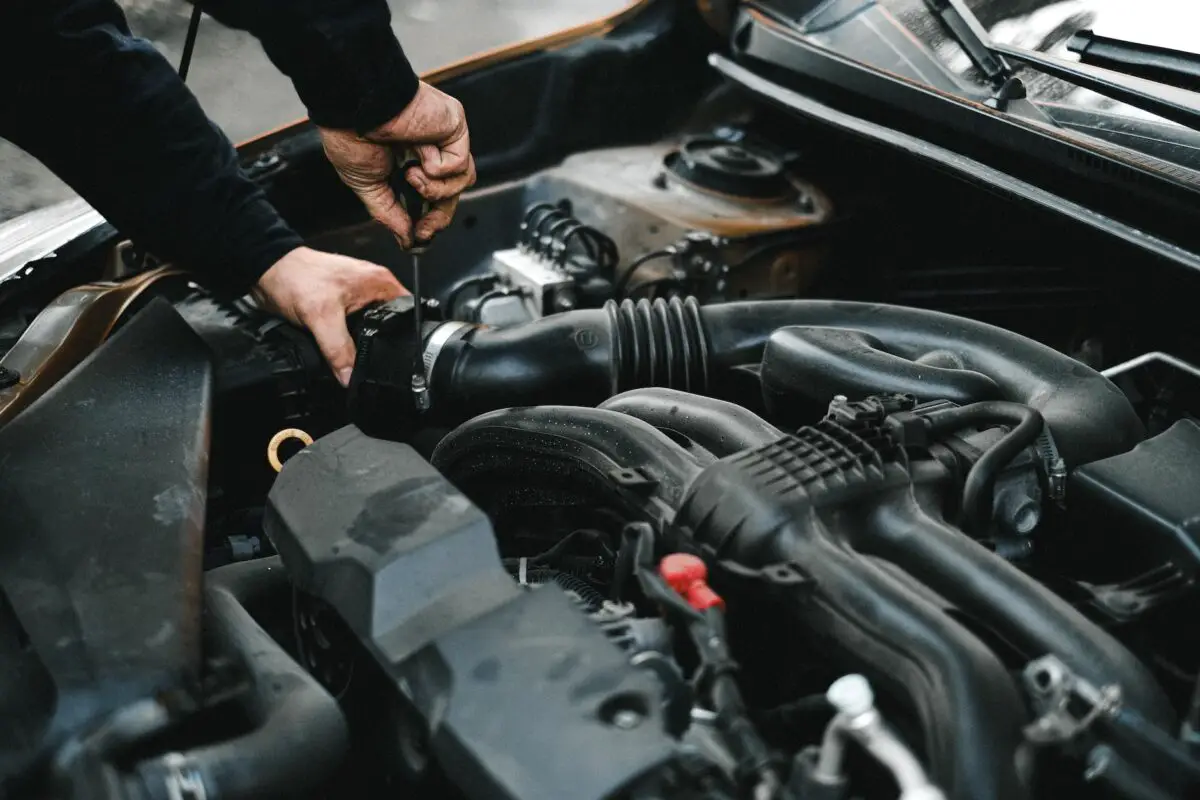
Regular Maintenance and Check-ups
One of the best ways to prevent any car problems is regular maintenance. This includes regularly replacing your air filter, checking for leaks or damages, and getting regular professional check-ups to spot potential issues before they escalate.
Importance of Professional Installation
Although installing a cold air intake system can be a DIY project, if you’re not comfortable or familiar with the process, it’s best to rely on professional help. An experienced mechanic can ensure the correct installation and functionality of the system.
Choosing Quality Components
Always opt for high-quality components that are compatible with your vehicle. Lower-quality parts might be cheaper upfront, but they could lead to more costly problems down the line.
As an experienced mechanic, I cannot overstate the importance of these preventive measures. They can save you a lot of time, money, and frustration, and help you maintain the performance and longevity of your car.
Remember, your vehicle is a significant investment. Protect that investment by taking the necessary preventive measures. With proper care and maintenance, you can enjoy the benefits of your cold air intake system and keep your car running smoothly for years to come.
Conclusion
Understanding your car’s mechanics and how to solve issues when they arise can be empowering. It equips you to deal with problems such as your car not staying on after installing a cold air intake system.
The causes for this can vary, from installation errors to vacuum leaks, but with each problem comes a solution.
Preventive measures are also crucial. Regular maintenance, professional installations, and choosing quality components can go a long way in keeping your car in peak condition. As a mechanic with over thirteen years of experience, I’ve seen these steps save car owners from countless headaches.
So there you have it – a guide to understanding and resolving one of the common issues you might face after installing a cold air intake system.






